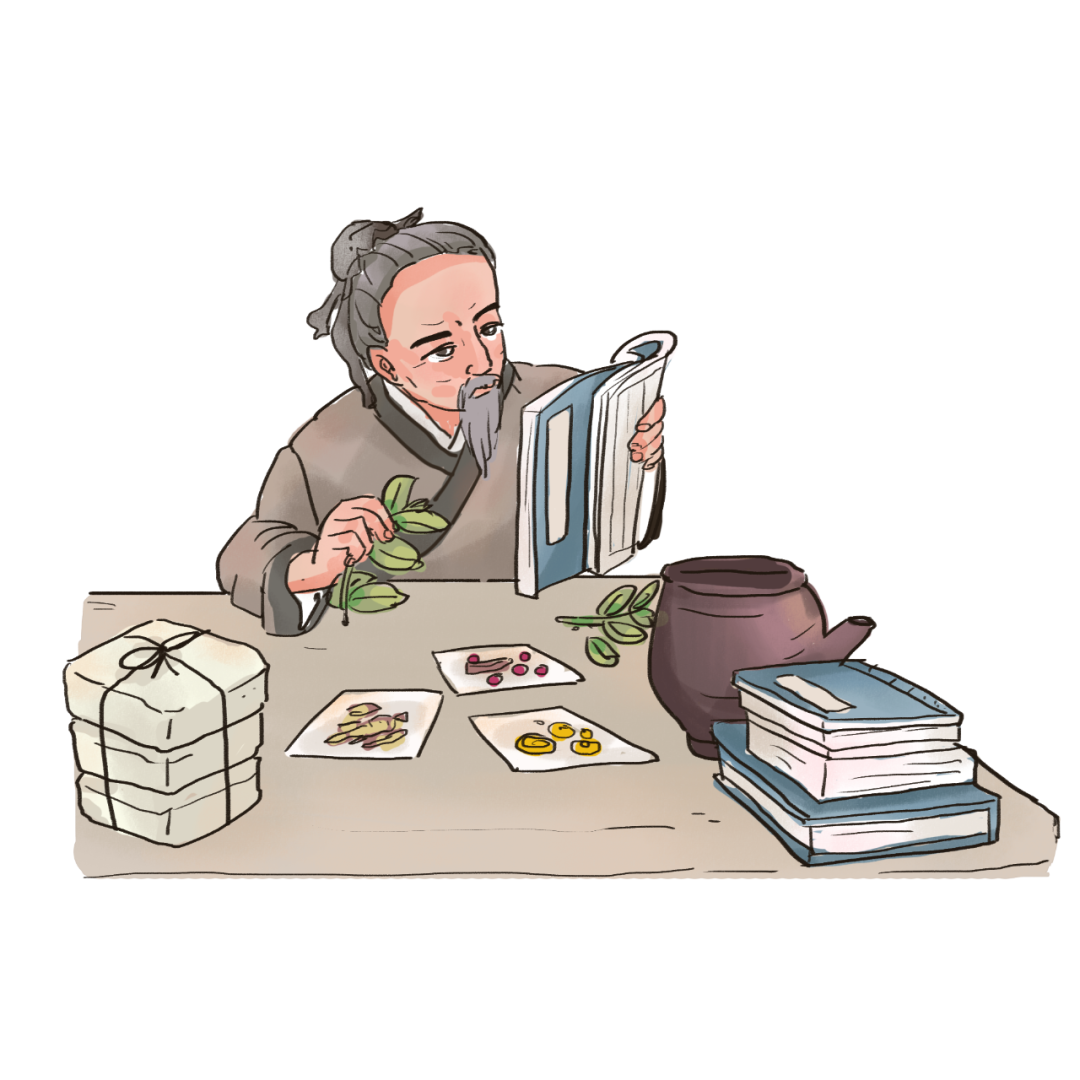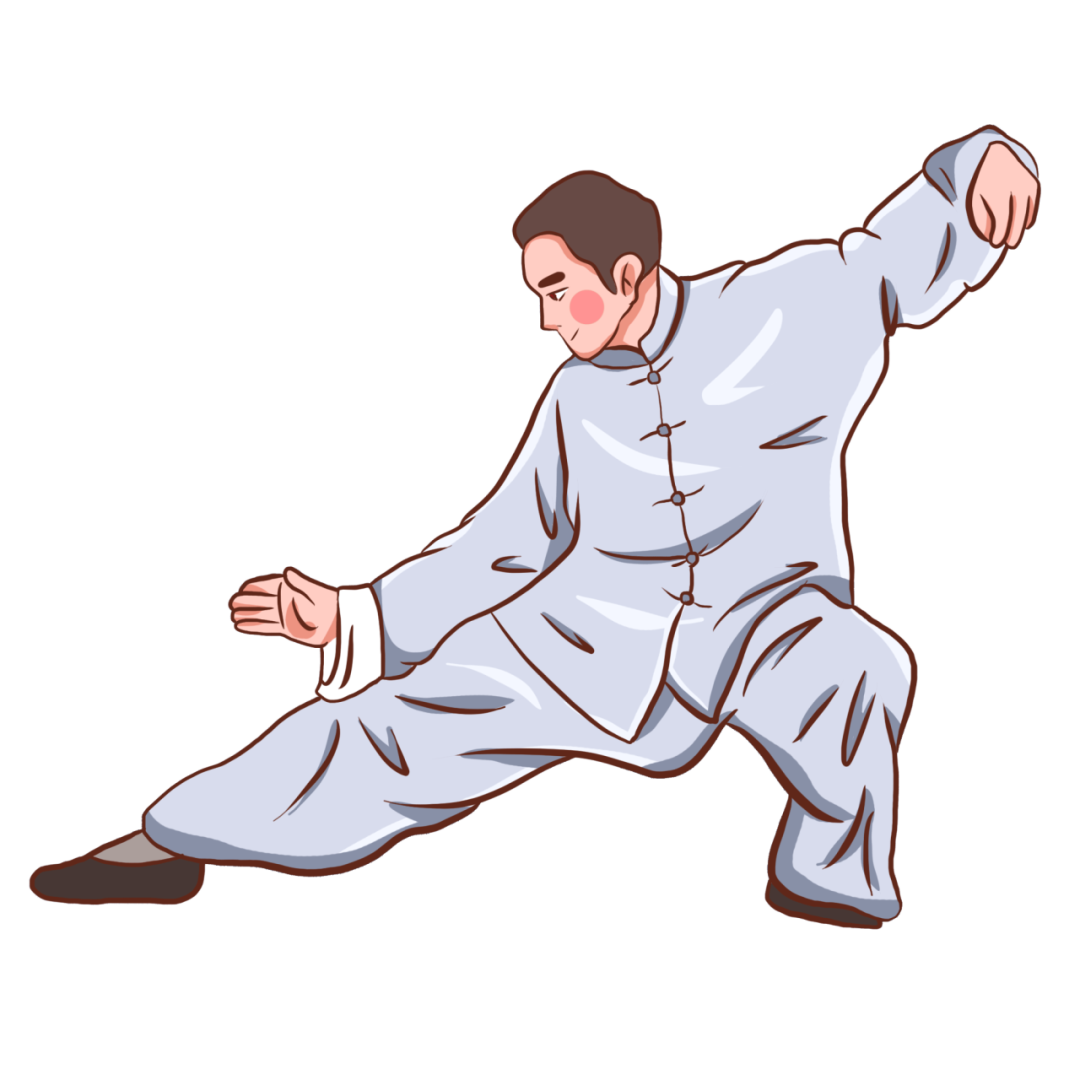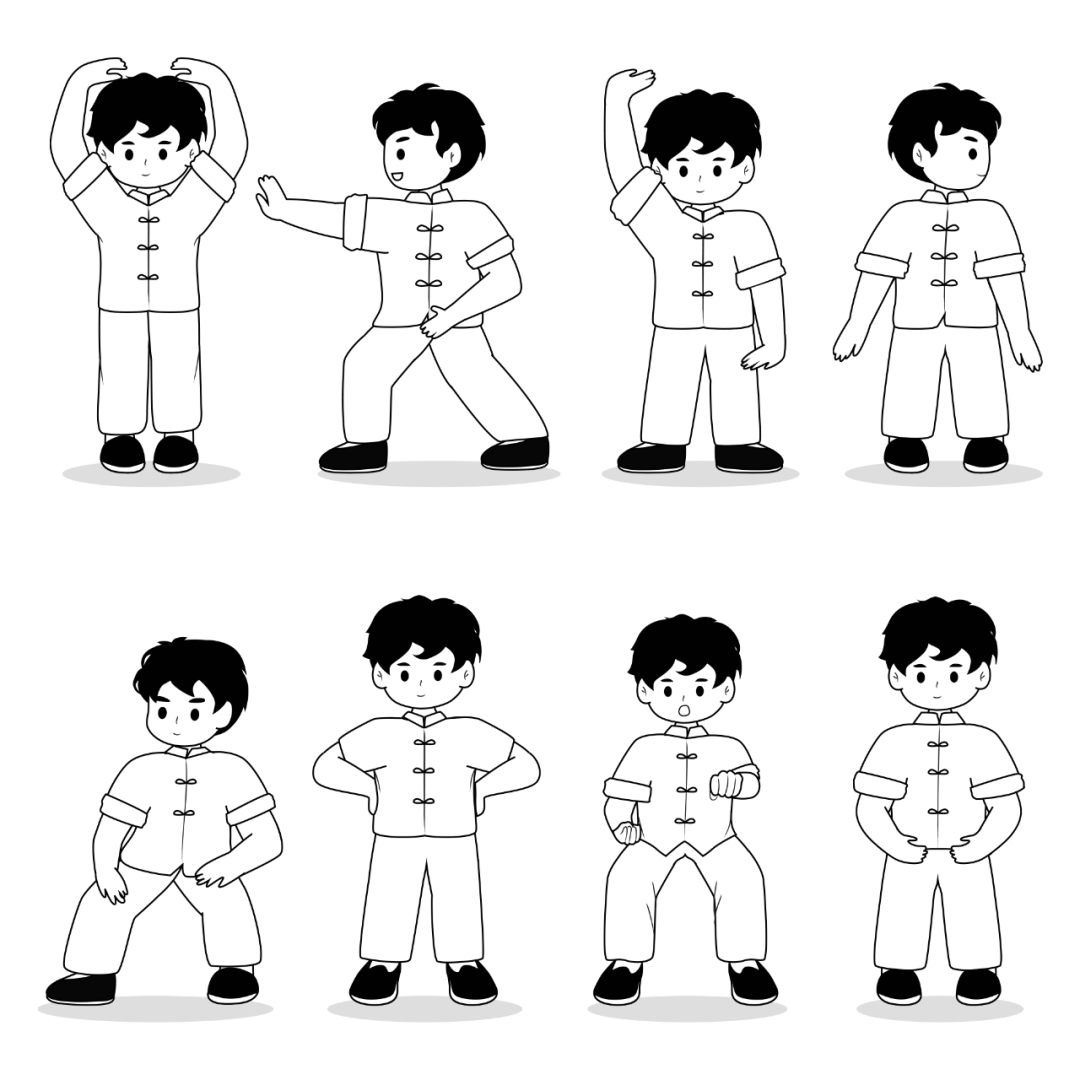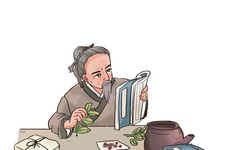

With the pressures of modern life, many face common health issues such as poor mood, difficulty breathing, obesity, diabetes, scoliosis, kyphosis, neck, shoulder, back, and lower back pain, organ prolapse, osteoporosis, and a tendency to fall. In fact, ancient China had methods for self-stimulating vital energy for health and healing—Daoyin.
The term “Daoyin” first appeared in the Zhuangzi where it states, “Blowing and breathing, exhaling the old and inhaling the new, this is the way of longevity; this method is favored by those who guide the energy and cultivate the body. ‘Da’ means to guide the energy, and ‘yin’ means to make the body supple. The practice of Daoyin in Traditional Chinese Medicine (TCM) combines body movements, breathing techniques, and mental regulation to achieve the goal of disease prevention and treatment through the integration of body, energy, and mind.
As one of the six therapeutic methods in TCM, Daoyin ranks first (the others being massage, scraping, acupuncture, moxibustion, and herbal medicine). Classical Chinese Daoyin techniques include: Wuqinxi (Five Animal Frolics), Baduanjin (Eight Pieces of Brocade), Yijinjing (Muscle-Tendon Change Classic), Liuzijue (Six Healing Sounds), Taijiquan (Tai Chi), and Mawangdui Daoyin.


Diseases Treated by Daoyin

The Huangdi Neijing (Yellow Emperor’s Inner Canon) records that Daoyin combined with massage is suitable for treating diseases caused by severe humidity affecting the meridians in ancient Central Plains, as well as conditions arising from abundant resources leading to a sedentary lifestyle, resulting in “wei jue han re” (atrophy and cold-heat syndromes). Specific conditions include: xiao zhe (diabetes), fei gui ren (obesity due to overindulgence), pu ji (stroke), pian ku (hemiplegia), wei jue (limb atrophy and weakness), xi ji (lung qi stagnation), and various chronic diseases similar to modern lifestyle diseases.
The medical sage Zhang Zhongjing in the Jinkui Yaolue stated: “If a person can cultivate caution and not allow evil winds to obstruct the meridians, and if the internal organs have not been affected, then treat it; if the limbs feel heavy and stagnant, then use Daoyin, breathing techniques, acupuncture, and topical applications to prevent blockage of the nine orifices… then the disease will not enter the pores.” Daoyin can be used at the onset of discomfort to prevent disease progression.



Daoyin for Disease Prevention and Longevity

During the Eastern Han Dynasty, epidemics ravaged the population, and people lacked medical care. The divine physician Hua Tuo studied the ancient practices of Daoyin, breathing techniques, and the movements of five animals—tiger, deer, bear, monkey, and bird—integrating them with the functions of the body’s organs, meridians, and qi and blood. He distilled these into a health-promoting TCM practice known as Wuqinxi (Five Animal Frolics). This method advocates for active physical exercise, nourishing the spirit, enhancing organ function, promoting circulation, and preventing disease before it occurs. Modern studies show that Wuqinxi has beneficial effects on chronic diseases such as hypertension, coronary heart disease, and neurasthenia. Wuqinxi has survived through the ages, demonstrating vibrant vitality.
The great physician and herbal king Sun Simiao in the Qianjin Yaofang comprehensively discussed Daoyin, emphasizing its significance in dispelling pathogenic factors and promoting health. He stated that even without illness, one should practice Daoyin for disease prevention, saying, “If a person feels healthy for more than ten days… it is best to adjust qi, tonify and drain, and practice Daoyin and massage daily. Do not take health for granted; always be mindful of potential dangers and prevent diseases.” Through Daoyin, one cultivates and regulates the body, breath, and mind to achieve the goals of dispelling disease and promoting health. Sun Simiao, who suffered from poor health in his youth, lived to be 141 years old, closely related to his practice of Daoyin and breathing techniques.
Su Dongpo, a prominent figure of the Northern Song Dynasty, was not only a literary figure, painter, gourmet, and traveler but also a health enthusiast. He created a form of Daoyin meditation, which reportedly helped his brother Su Zhe with his lung disease.



Practice Daoyin for Active Health
Enhance Your Well-Being and Happiness

By consistently practicing Daoyin, one can stimulate the circulation of qi and blood, strengthen organ function, enhance immunity, heal diseases, and restore physical and mental health. Regular practice of Daoyin allows individuals to view the world more gently, perceive matters more clearly, handle situations more smoothly, reduce conflict and friction, and enjoy a brighter and happier life.


This summer, why not try Daoyin,
and embrace health with ancient wisdom!

Baduanjin (Eight Pieces of Brocade)




Wuqinxi (Five Animal Frolics)




Yijinjing (Muscle-Tendon Change Classic)



Contributed by: Yang Jing
Reviewed by: Lin Peng
References:
1. Zhang Zhongjing, Jinkui Yaolue
2. Sun Simiao, Qianjin Yaofang • Methods of Living
3. Jiang Liwei, Gu Boding, Liang Shanghua, discussing the Qianjin Yaofang and Daoyin health preservation thoughts, TCM Literature Journal, 2020, Issue 2
4. Sun Wei, research on Daoyin thoughts in the Huangdi Neijing, Proceedings of the 3rd Academic Seminar on TCM Daoyin, December 2023
5. Wang Bin, Qin Hailong, Wang Enlong, Liu Xijuan, the cultural generation and contemporary value of the TCM health practice Wuqinxi, Journal of TCM Management, March 2023, Vol. 31, Issue 5

